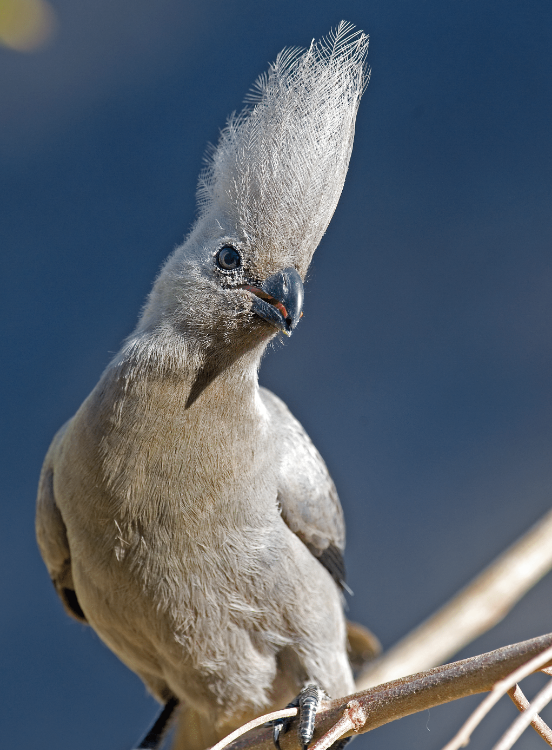Hiking in the Fish River Canyon
July 27, 2012Hiking trails in Namibia
July 27, 2012Verreaux’s Eagle
Aquila verreauxii
Roberts No 131
by Pompie Burger
Watching these beautiful raptors gliding past along the escarpment of the Waterberg Plateau on various occasions and once at the Fish River Canyon, I can admit unashamedly that they are one of my favourite raptors.
The utter command and arrogance with which they do their aerial patrolling (almost always in pairs), looking for the unsuspecting hyrax to snatch, makes for highly exciting viewing, even for non-birdwatchers. This very impressive bird of prey is fortunately one of only a few raptors that are still common, probably because of their mountainous habitat, which has remained largely undisturbed by human intervention.
Verreaux’s Eagles occur throughout Namibia, especially in the western and central highland area, in the south and in the south-east, where the Karas Mountains host quite a large community of these majestic birds. Their German name, Felsenadler, refers to their preferred habitat in mountainous areas. They used to be called Black Eagles because they are almost completely black, with the exception of a white cross (their Afrikaans name being Witkruisarend). Their new common and scientific names refer to Jules Verreaux, a French naturalist who was operative during the early 1800s.
Verreaux’s Eagle is probably the best-known raptor species that practises the rather ‘inhumane’ activity of cainism or siblicide, where the older and stronger chick attacks and kills its younger sibling. It does this by continually pecking and injuring the weaker chick, and by out-competing it for food, starving it to death in addition to physically injuring it.
The prey of these birds consists 90% of rock hyrax, the rest being birds, reptiles, monkeys, squirrels and hares. They nest on inaccessible cliffs on a typically raptor-like, untidy platform of sticks. The nests can become massive structures, because they use the same nest over and over, just adding sticks every year. Breeding takes place from April to June.
This article appeared in the Aug/Sep ‘10 edition of Travel News Namibia.
Based in Windhoek, Pompie Burger is an orthopaedic surgeon whose part-time passion is photography, in particular wildlife, and specifically birds. This regularly takes him to the most remote corners of the country, resulting in riveting images and articles.
Pompie is the author and photographer of the coffee table book Birds of Namibia, which was published in 2008. The book contains articles and photographs which attest to the insight and knowledge of an accomplished observer.
Read more of his articles in our Birding Section.


